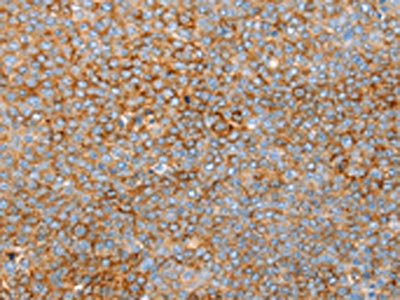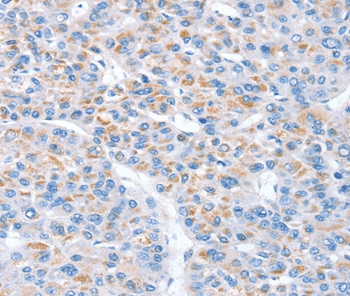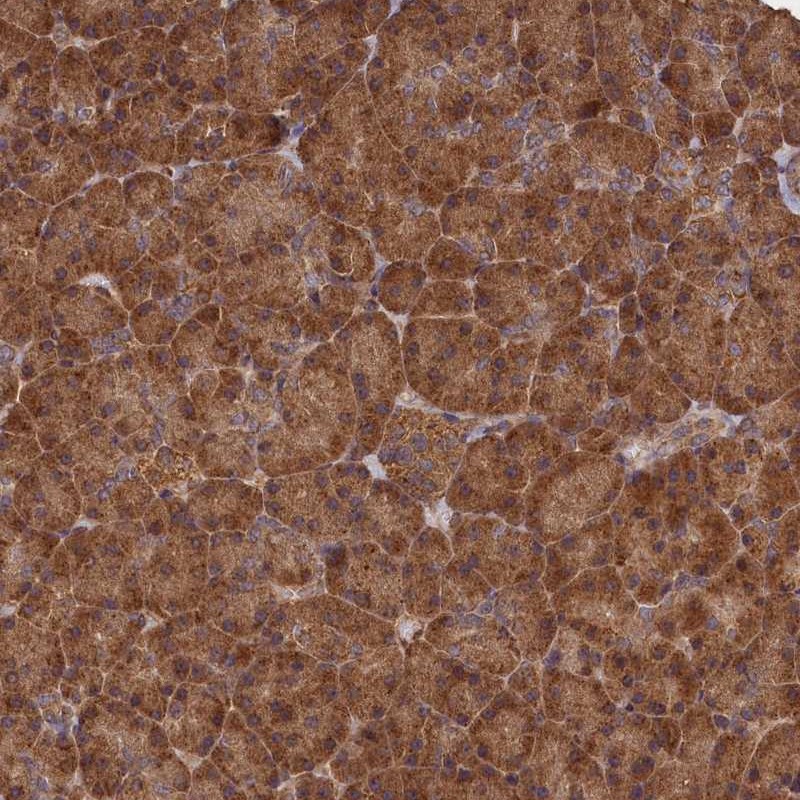
The image on the left is immunohistochemistry of paraffin-embedded Human ovarian cancer tissue using CSB-PA129980(SNX33 Antibody) at dilution 1/25, on the right is treated with synthetic peptide. (Original magnification: x200)
SNX33 Antibody
CSB-PA129980
ApplicationsELISA, ImmunoHistoChemistry
Product group Antibodies
ReactivityHuman, Mouse
TargetSNX33
Overview
- SupplierCusabio
- Product NameSNX33 Antibody
- Delivery Days Customer20
- ApplicationsELISA, ImmunoHistoChemistry
- CertificationResearch Use Only
- ClonalityPolyclonal
- ConjugateUnconjugated
- Gene ID257364
- Target nameSNX33
- Target descriptionsorting nexin 33
- Target synonymsSH3PX3, SH3PXD3C, SNX30, sorting nexin-33, SH3 and PX domain containing 3, SH3 and PX domain-containing protein 3
- HostRabbit
- IsotypeIgG
- Protein IDQ8WV41
- Protein NameSorting nexin-33
- Scientific DescriptionSNX33 (sorting nexin-33), also known as SH3PX3, SH3PXD3C or SNX30, is a 574 amino acid protein that interacts with ADAM15 and FAS-L. Belonging to the sorting nexin family, SNX33 contains one BAR domain, one PX (phox homology) domain and one SH3 domain. The gene that encodes SNX33 consists of over 14,000 bases and maps to human chromosome 15q24.2. Housing approximately 106 million base pairs and encoding more than 700 genes, chromosome 15 makes up about 3% of the human genome. Angelman and Prader-Willi syndromes are associated with loss of function or deletion of genes in the 15q11-q13 region.
- ReactivityHuman, Mouse
- Storage Instruction-20°C or -80°C
- UNSPSC41116161




